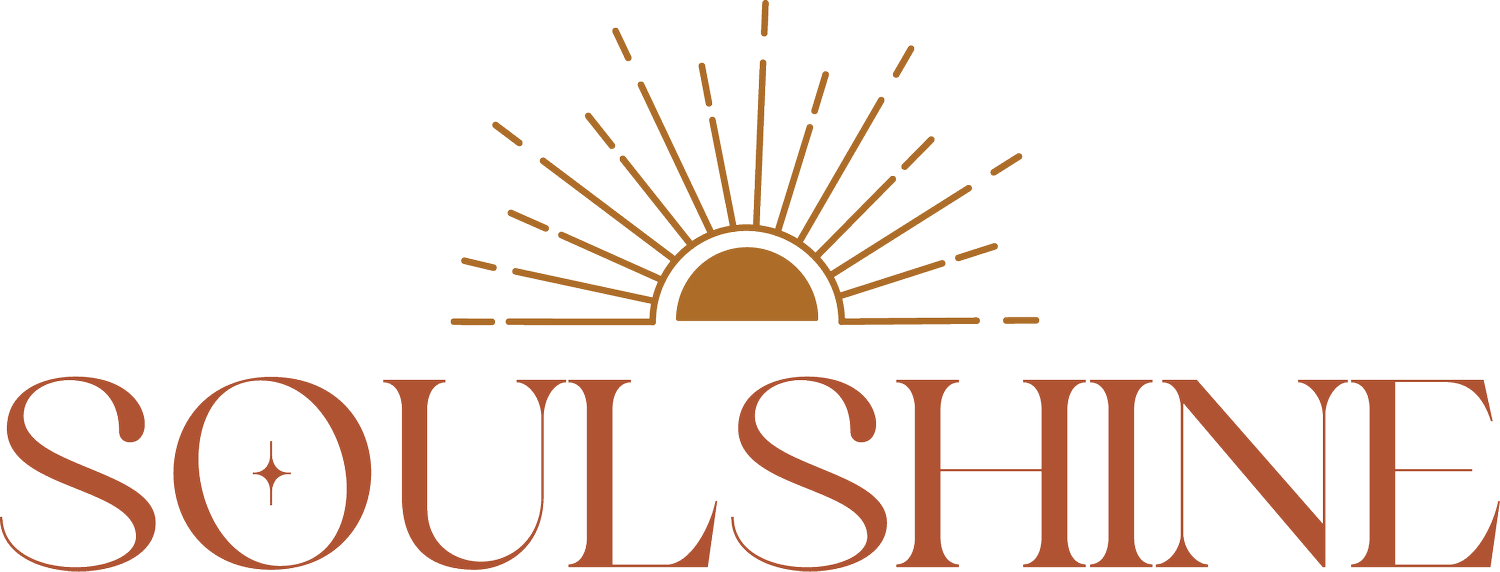Restorative Yoga
December 2, 2020
Restorative yoga is like medicine for our body and soul.
Often when we hear "yoga" we might picture a person standing on their head, or a fast paced fitness scene. Yoga means "union" in sanskrit and although inversions and raising the heart-rate have positive health effects, neither of these are the ultimate goal of yoga: to reach Samadhi, a state of meditative consciousness.
Restorative yoga is a contemporary practice that is quite new in reference to the ancient yoga timeline! Restorative Yoga or "Rest and Digest”originated from the teachings of Bellur Krishnamachar Sundararaja (B.K.S.) Iyengar born in the 20th century. B.K.S. Iyengar is considered one of the most important yoga teachers in the world, as his teachings have become a style that is practiced worldwide.
Restorative yoga is like medicine for our body and soul. It can reduce the production of stress hormones (cortisol and adrenaline), improve the function of our immune system, reduce muscle tension, improve sleep quality, as well as calm the nervous system. When we are in “fight or flight” mode we are in the sympathetic nervous system. When we are in a restful state we are in our parasympathetic state.
Restorative poses allow us to release and spend quality time within the parasympathetic state, giving our bodies a reset. Rather than a goal of flexibility or strength training there is a goal of release, finding sthira and sukha, steadiness + ease.
We may take only 5 poses throughout the class. While holding each pose we will linger in deep breathing and occasional guided visualizations.
Props recommended to have for restorative yoga are blocks, strap (or soft belt) and a thick pillow or yoga bolster.


